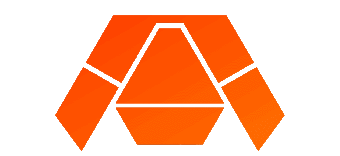Quality & Control Spring 2018
Your Blog Post’s Content
Author: Miguel Garcia (Quality Assurance)
Table of Contents
Introduction
Here I will be laying out a couple of things to keep in mind when formulating your blog posts. This is an adaptation of the following powerpoint presentation found here.
General Overview
Ask Yourself Before Posting
- Does your post capture the progress and development of your project?
- Are the posts part of a cohesive project rather than just thrown together to have something posted?
- Is the work original to your project?
- Is the work too dependent upon the work of others?
- Are the photos/drawings/calculations/collected data yours?
- Does your post feature some technical aspect of your project?
- Non-technical posts are not acceptable!
For Your Design Review
Your Critical Design Review should contain the following:
- System Designs (Block Diagrams)
- Experiments (Trade-Off Studies, Simulations)
- Project Status (Resource Reports (Mass, Power, Budget))
- Costs
- Project Status
Good Examples
Example 1
Example 2
Final Group Post
Your final post is the project documentation, which includes a summary and links to previous posts on the individual subject. The following can be used as a template for the final post:
Title Page/Executive Summary
- Project Work Breakdown Structure (Who is doing what?)
- Project Objectives
- Preferred Design with Illustrations
- Alternative Designs
System Design
- System Block Diagram(s), with Summary of Major Project Features (Specifications)
- Design Solutions
Experiments
- Trade-off Studies, Models, and Rapid Prototyping
- Design solutions for System, Subsystem, and Components
- Computer Simulations including SolidWorks, Simulink, Multisim, Matlab, LabVIEW, LTspic, etc.
- Experimental results and observations
Systems/Subsystem Design
- Electronics
- Interface Definitions
- Breadboards, Fritzing, Schematics, PCB Layout
- Software – Specifications, Pseudo-Code, or flowchart, C++
- Hardware – 3D Models and prototype prints
- Resource Reports (Project Models and Prototype Prints)
Verification Test Plans
- System and Subsystem, Hardware and Software
Project Status
- Resource Reports (Mass, Power)
- Updated Cost
- Schedule Status – Fabrication
- Project Percent completion and/or Burn Down Diagram
Conclusion
When you find yourself in the phase of creating your posts, I hope you keep the aforementioned questions in mind. In addition, the given examples should give you a clear idea of what the contents of your posts should be. Remember, you can always reference the work you did this semester in your resume. Therefore, future employers could see the work you put into your projects. I think it’d be best if you leave a positive idea in their head of the type of work you are capable of doing.


